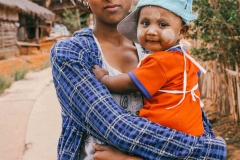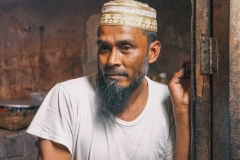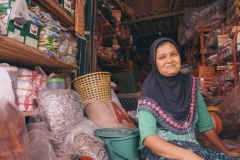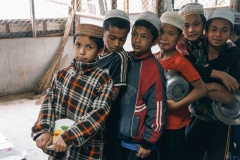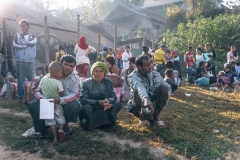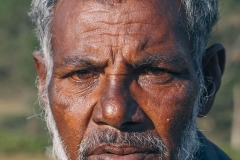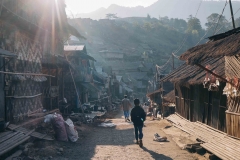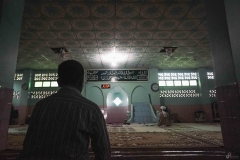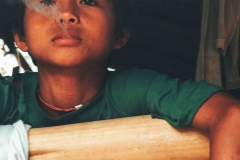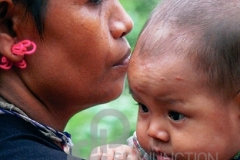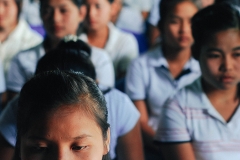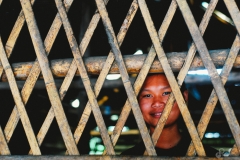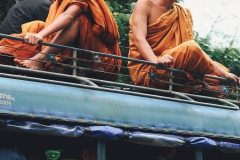Camp refugees on the Thai-Myanmar border in a borderline Situation between precarity and transnationalism by Kunnawut Boonreak and Samak Kosem
Brief Description
Long before Thailand became a magnet for labor migration in the Greater Mekong Sub-region, it was the main destination for flows spurred by conflict and war. Yet, Thailand does not subscribe to international refugee conventions and does not formally recognize refugees. So-called displaced persons from Myanmar are placed in camps near the border. This borderline situation in both symbolic and physical terms is the focus of photo exhibition held at SEA Junction on 20-27 November in collaboration with the Center for ASEAN Studies of Chiang Mai University (CAS).
The exhibition entitled “The Campers: Micro-Cosmopolitanism of the Refugee’s World” presents the photographs taken during field research conducted in between 2011 and 2015 on displaced persons from Burma, including Karen and Rohingya in and outside of the refugee camp. The photos show the economic and religious dimensions of life in the camps of Mae La, Nu Poe and Umpiem, by contrasting the statelessness of refugees inside and outside the camps with the transnationalism of their networks. In their precarity and confined space, refugees strive for better livelihoods and more hopeful lives.
Photographers
Anthropologist Samak Kosem is researcher at the Center for ASEAN Studies of Chiang Mai University (CAS) and Kunnawut Boonreak is PhD student in social sciences at Chiang Mai University and work at the Thailand Information Center for Civil Rights and Investigative Journalism (TCIJ). Both are interested in border areas studies and refugee rights and share a passion for photography.



